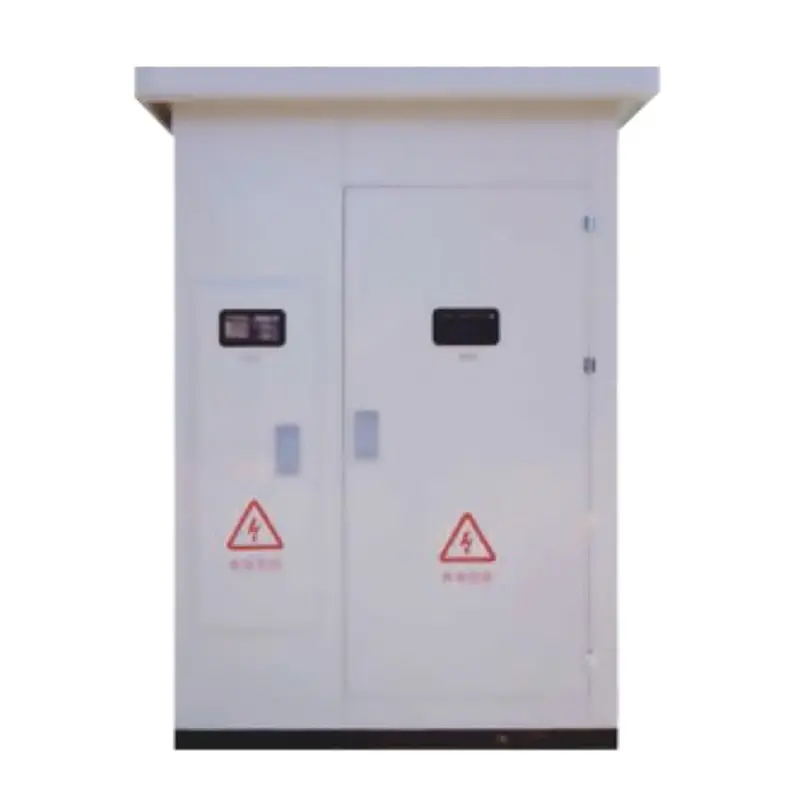The choice between shunt and series reactors plays a vital role when managing voltage and current in grid systems. Both types of reactors are important components of power systems, and understanding their differences is critical to making informed decisions. In this blog, we’ll take a closer look at the key differences between shunt and series reactors and how they can be used to effectively manage voltage and current in your grid system.
Both shunt reactors and series reactors are important components in power systems, and each has a specific purpose. Shunt reactors are mainly used to compensate capacitive reactive power in long high-voltage transmission lines. Series reactors, on the other hand, are used to limit short-circuit currents in grid systems and control power flows. Understanding the specific role of these reactors is critical to ensuring the efficient operation of power systems.
One of the main differences between shunt reactors and series reactors is their location in the power system. Shunt reactors are connected in parallel with the transmission line and provide reactive power compensation to maintain voltage levels within the required range. In contrast, series reactors are connected in series with the transmission line and control the current and voltage in the system. Understanding the location and function of these reactors is critical to optimizing the performance of the grid system.
When managing voltage and current in a power grid system, the selection of shunt and series reactors is influenced by a variety of factors. The specific requirements of the grid system, such as voltage regulation, power factor correction and current limiting, play a vital role in determining the most suitable reactor for the application. By understanding the unique capabilities of shunt and series reactors, power system operators can make informed decisions to ensure reliable and efficient operation of the grid system.
There is a significant difference between shunt reactors and series reactors in terms of managing voltage and current in a grid system. By understanding the specific role, layout and functionality of these reactors, power system operators can effectively optimize grid system performance. Whether it is to compensate for capacitive reactive power or to control the flow of current, the selection of shunt reactors and series reactors plays a vital role in ensuring the stability and reliability of the power system.
Post time: Sep-09-2024
